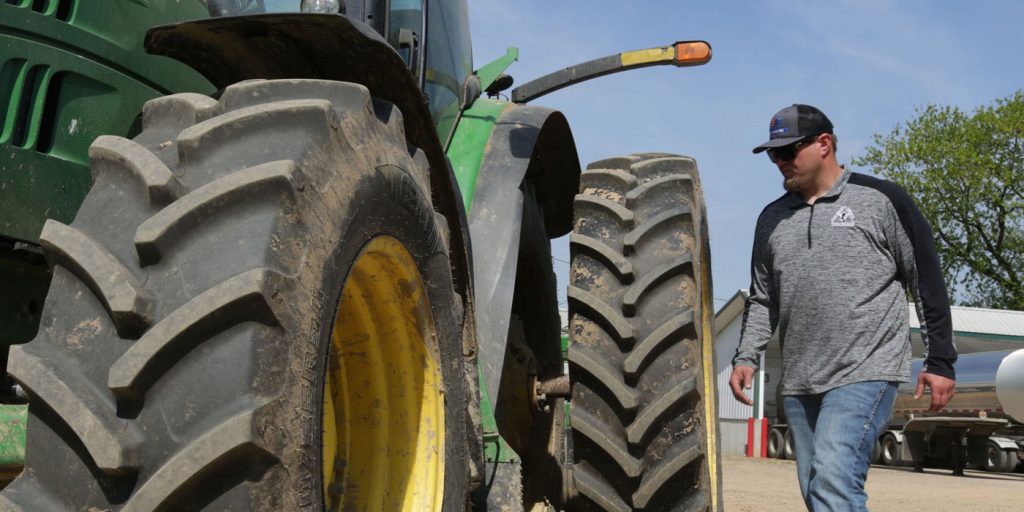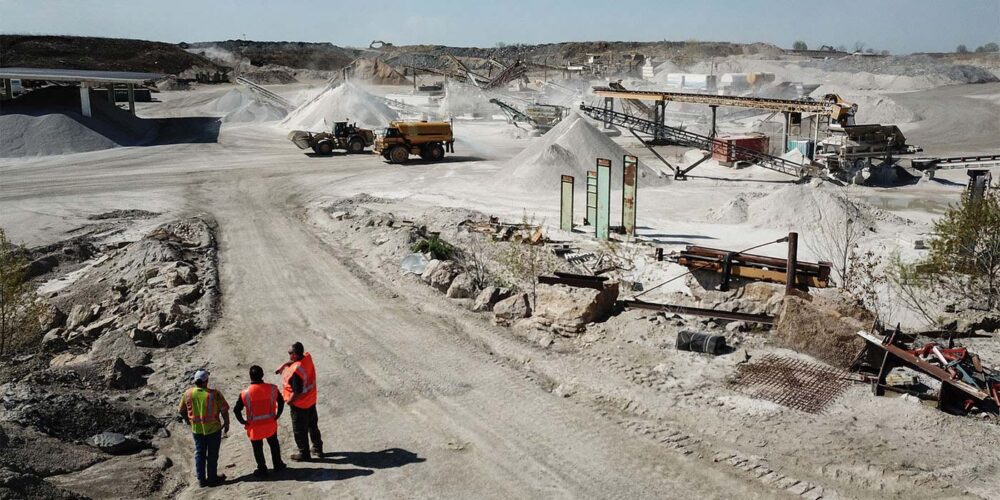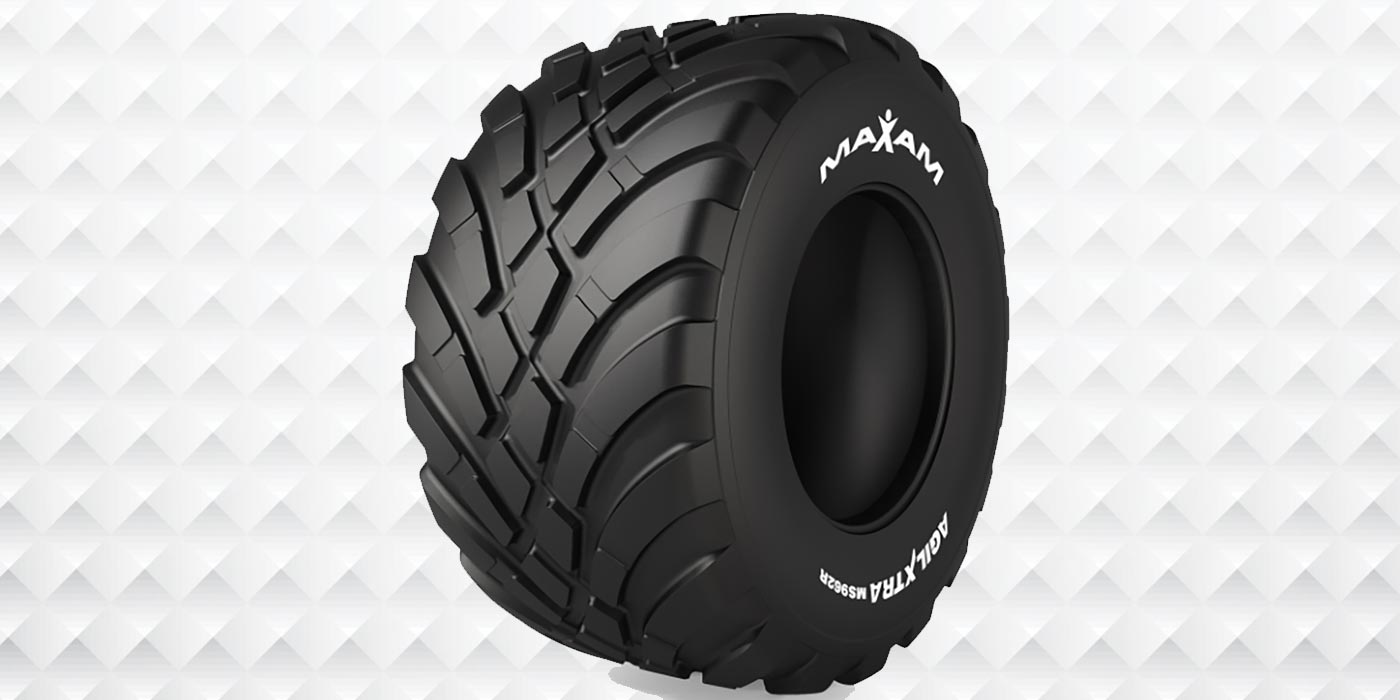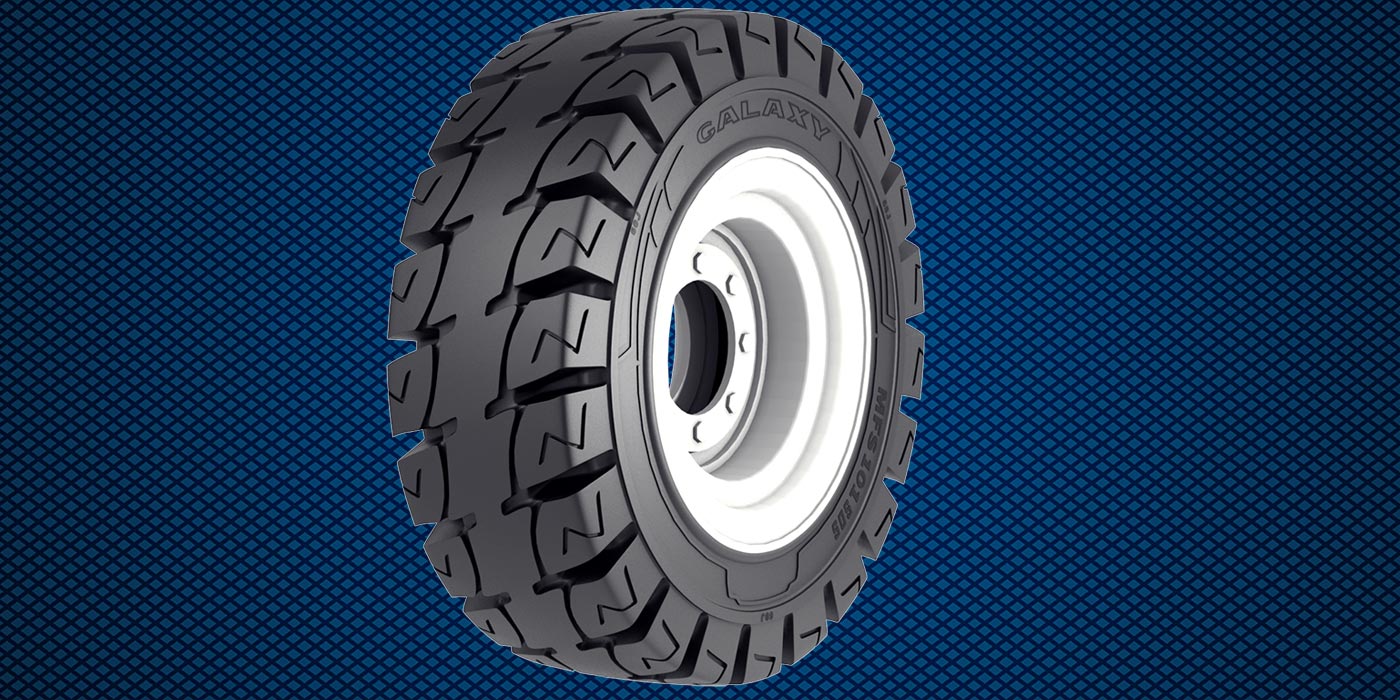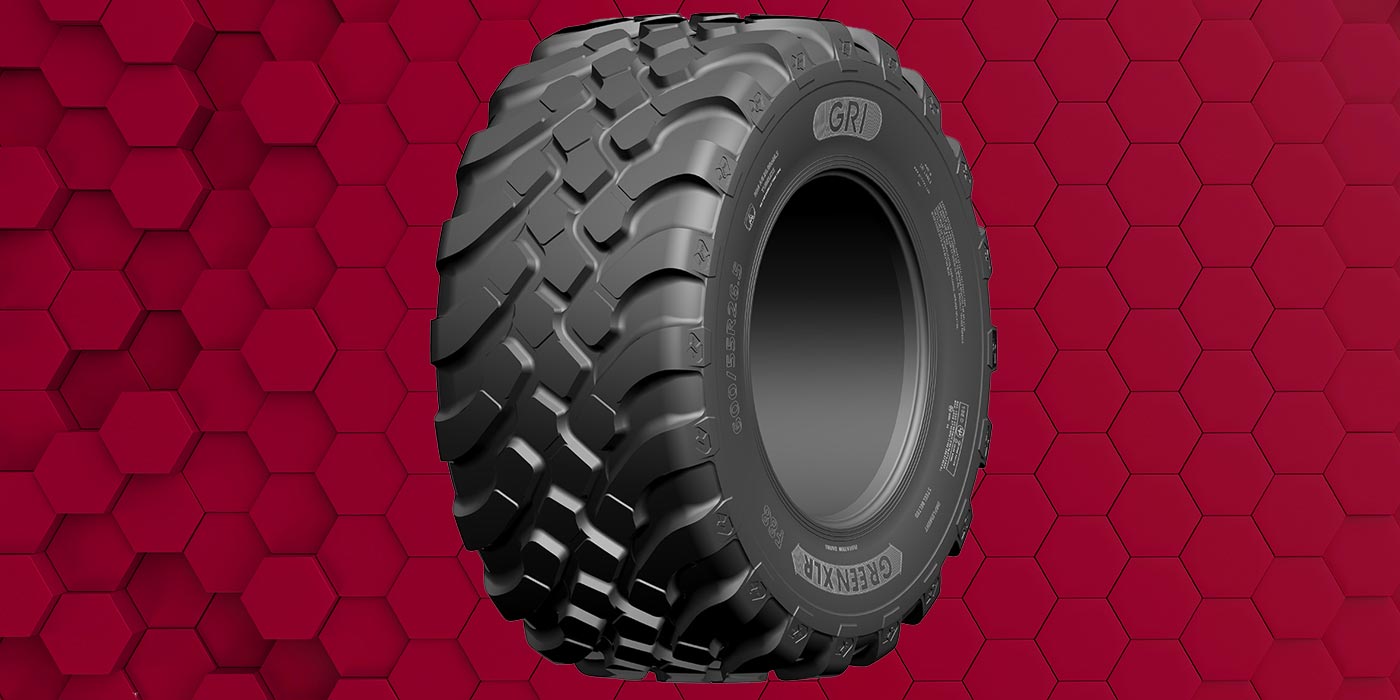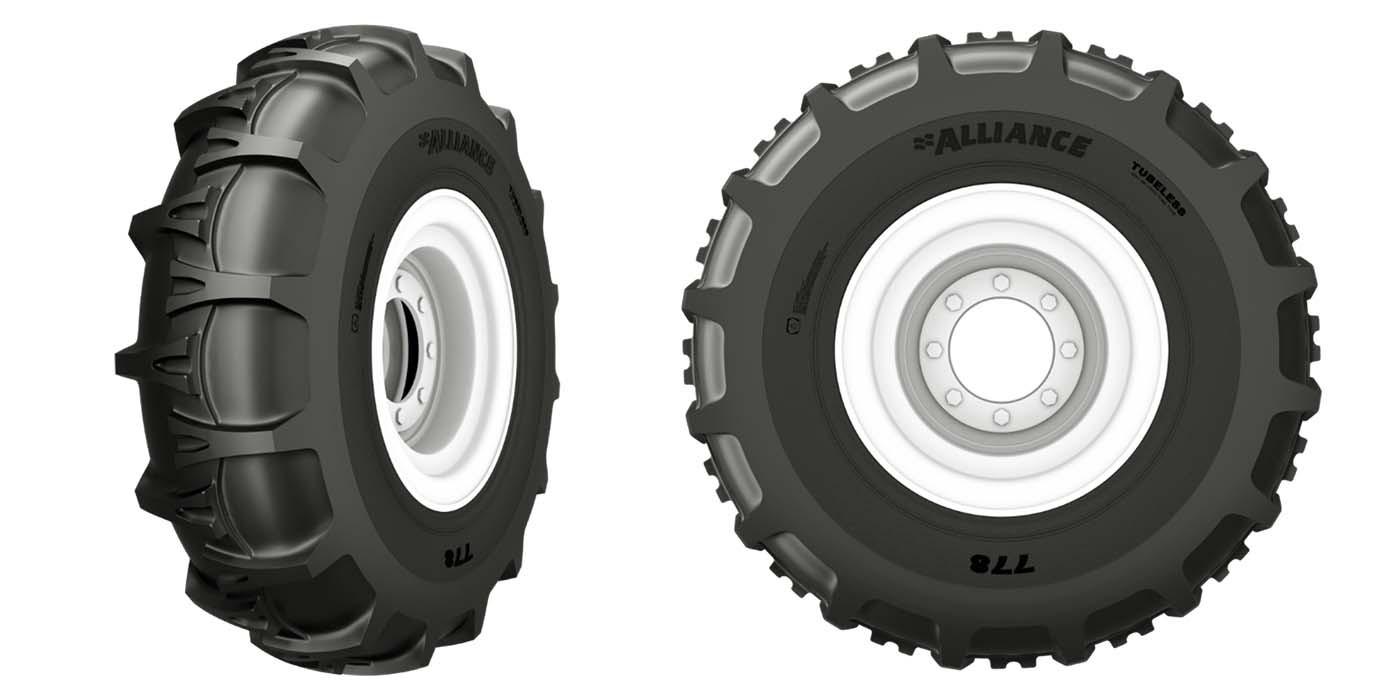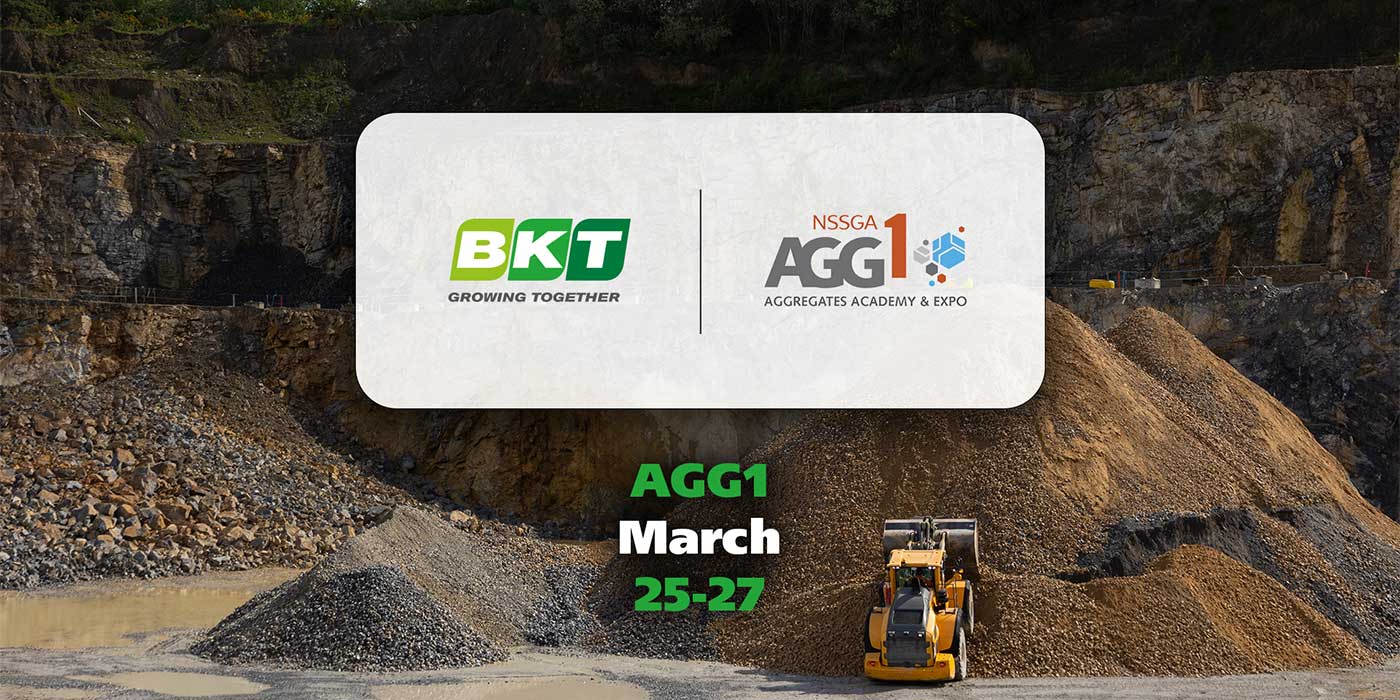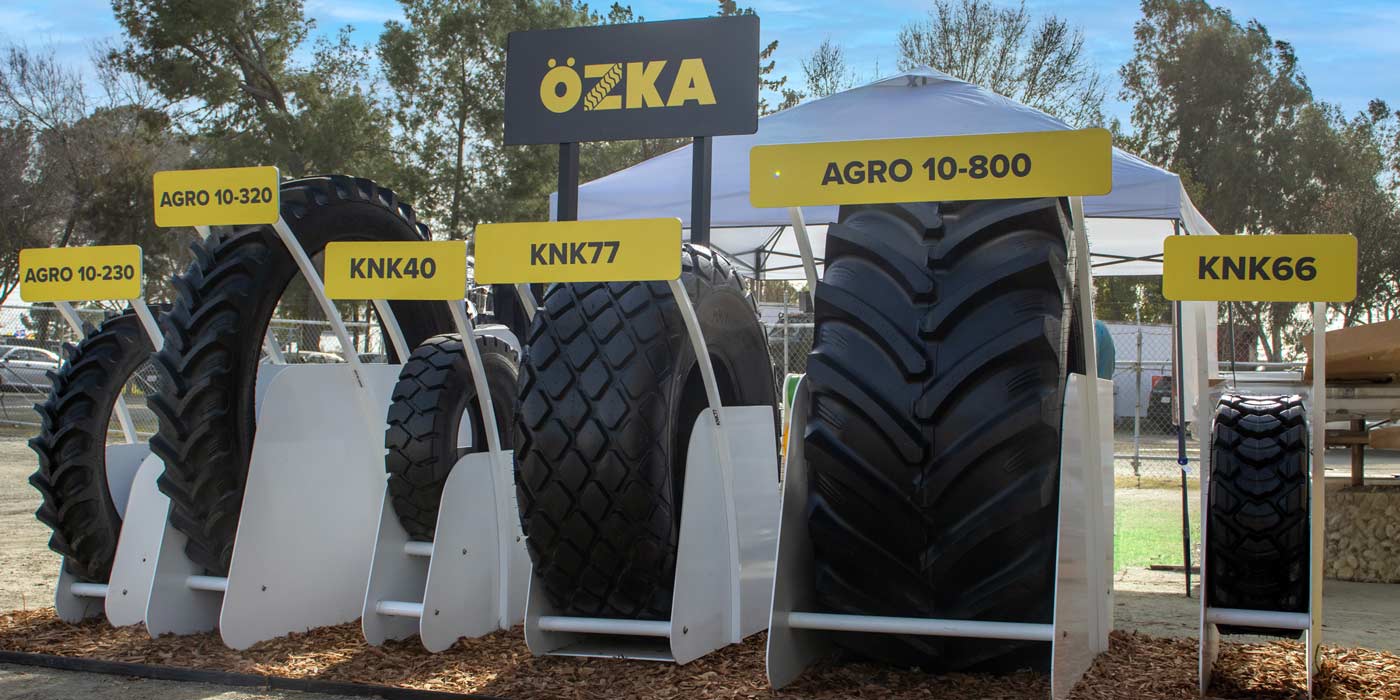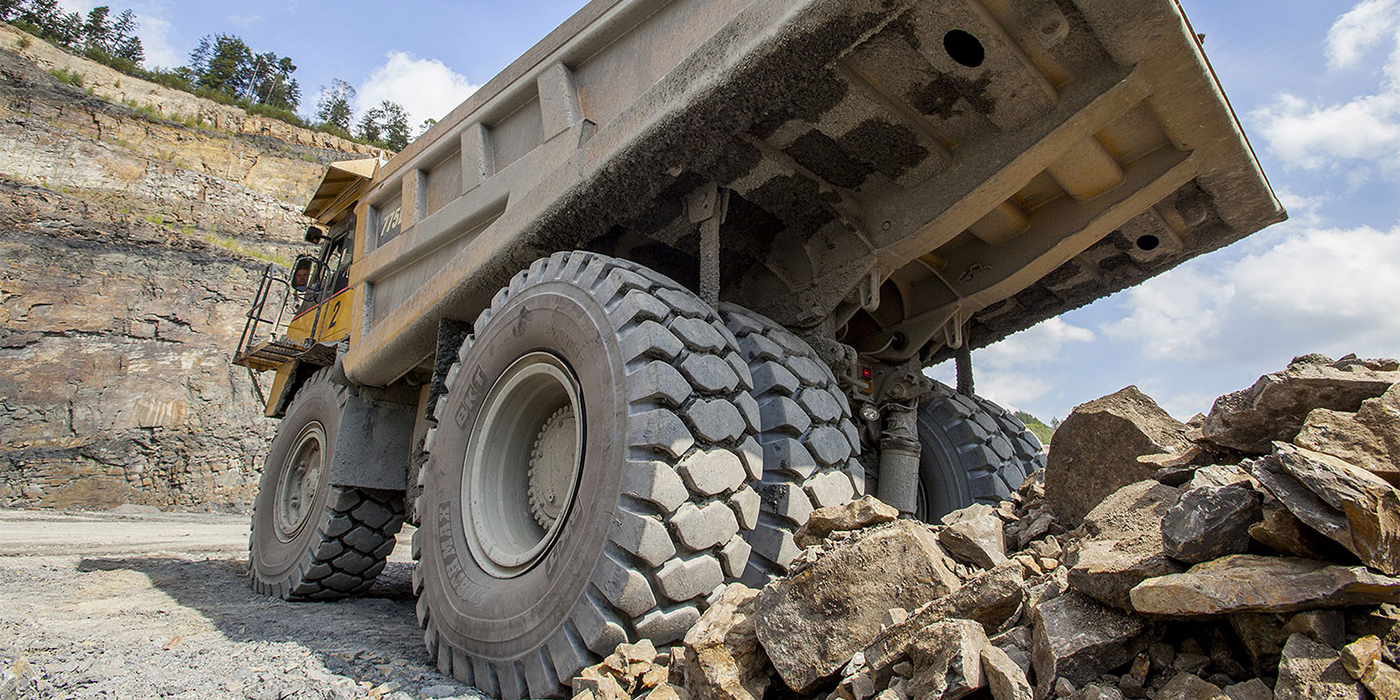We all know that the air pressure in ag tires, like all tires, is extremely important for getting optimal wear and performance, as well as possibly avoiding dreaded downtime.
Objective No. 1 is to inflate to the air pressure that’s appropriate for the most demanding application for each tire. There are nuances, however, of which every ag tire dealer should be aware. I’ll review two of these in this month’s column, and review two more in my next column, so stay tuned.
Bias vs. Radial Inflation Pressures
Inflation pressures for bias tires are quite often higher than for equivalent radial sizes.
Bias tires are really designed to carry loads and transport them over distances. Radial-designed tires carry and transport that load, but also provide increased traction, improved flotation, reduced compaction and a longer service life.
The higher the inflation pressure, the more load you can carry. This generality is due to the design differences, as well as the performance features of both types of tires.
When flotation, footprints and traction are not of primary concern, it is much easier to alter designs to carry increased loads via bias-design tires. Bias tires are more tolerant of overloads than radials. The casing design of bias tires is suited to carry the heaviest of loads utilizing higher inflation pressures, as well as higher ply ratings to achieve these results. When you need more load-carrying capacity with a bias tire, you can increase the ply ratings as well as beef up the bead package, increase your maximum inflation pressures and carry increased loads to a point.
Radials can carry heavy loads as well, but are less tolerant of overloads because the radial design delivers sidewall deflection that provides the advantage of longer, flatter footprints, increased flotation and traction. While load-carrying capacity is important, the primary benefit of a radial tire is to provide minimal compaction as well as traction. Therefore, altering belt strength without maintaining flexibility will reduce performance of the radial tires.
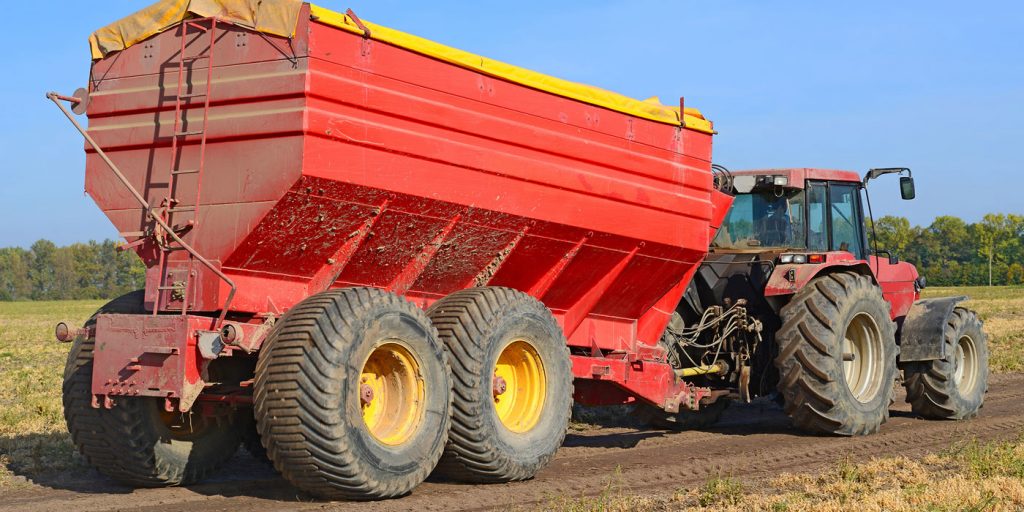
Implement Tires
Implement tires were mostly bias not so many years ago. As the implement designs continued to grow larger and larger, the gross weights also grew. These bias tires had difficulty in carrying these heavier loads, so the ply ratings were increased as a means to try to accommodate the increased weights. Sometimes this fixed the problem, but the “fix” was temporary. When the increased ply ratings and load-carrying capacities were not able to keep up with increasing weights, as well as the high speeds that equipment was being pulled down the road, the addition of more tires came into play where possible.
Radial truck tires, as well as used aircraft tires, were utilized in some applications because of their higher speed ratings and load-carrying capacities. These tires greatly reduced the failure rates and appeared to be a good solution.
Equipment designs were not friendly to adding more tires or replacing the original tires with larger tires that could carry more weight. These implement tires were relatively inexpensive and failed quite often. The out-of-pocket costs for replacement tires was manageable, but the time loss and inconvenience of these failures was not. This quickly led to improvements becoming necessary to reduce downtime, not to mention the compaction issues these tires were creating in the field.
The “IF” and “VF” technology was very attractive for this fitment due to the advantages of load-carrying capacities, as well as the compaction problems the previously utilized tires were creating. Implement tires with these new technologies were a very good solution to both weight carrying and compaction problems, while reducing tire failures and downtime.
The recommended air pressures for the “IF and “VF” tires is determined by the maximum load each tire will need to carry. The speed becomes much less important as long as you keep your transport speeds at or below 40 mph. The bottom line with implement tires is to inflate them to carry the load for the most demanding application and to keep your transport speeds at or below the recommended maximum for the tires you are running.
I will have more advice on inflation for tractor tires and machines with two-wheel drive and mechanical front-wheel assist in my next column.
In the meantime, just remember that inflation pressure for agricultural tires is very simple. Farmers need to inflate to the most demanding application, and their tire dealers need to know the facts to provide the best possible advice to their customers.
Check out the rest of the April digital edition of Tire Review here.

